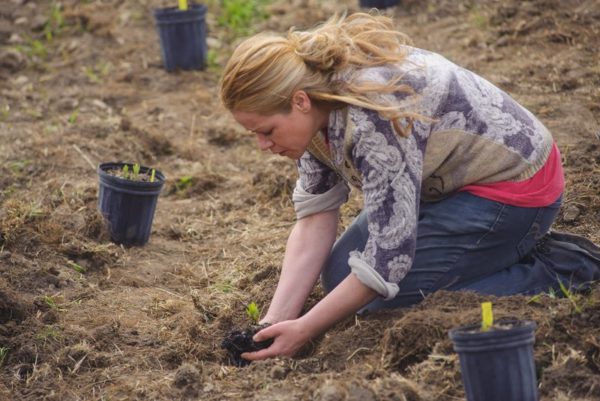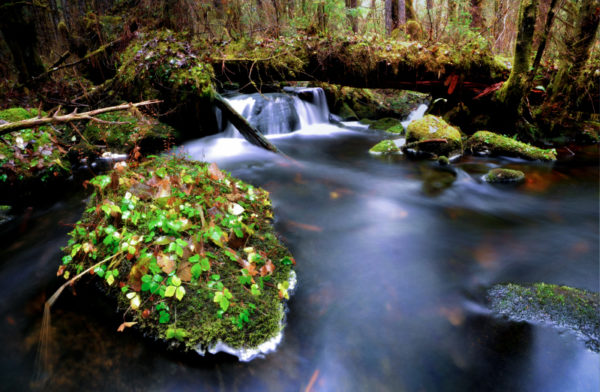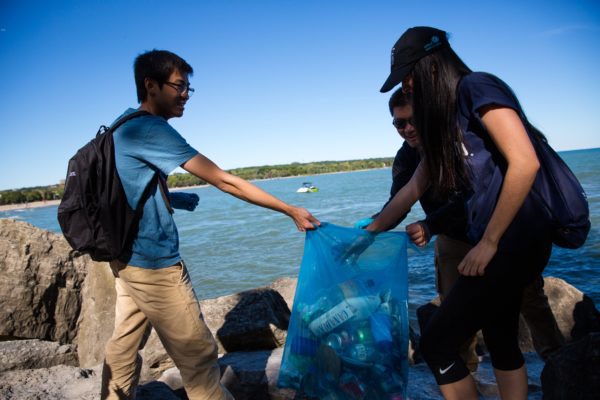What are you doing for Earth Day?
We only have one Earth. A planet that we all – animals, plants and people – share and depend on. Earth Day is a chance to reflect on your relationship with nature and act to protect this amazing planet.
Spend time in nature
Protecting nature starts with a connection. Maybe it’s your morning walk by a stream or watching the birds and bats fly overhead in your backyard. Maybe it’s the childhood memory of frogs and bugs in your hand or the first time you saw a whale break the ocean surface. These connections are impactful: They cause us fall in love with nature and motivate us to safeguard it.
Nature isn’t some faraway wild place. No matter where you live, it’s all around you. On Earth Day, head outside and explore it.
Count for Nature
Nature offers us so much. On Earth Day, do your part to give back. From making environmentally conscious decisions to leading community conservation projects, what you do for nature counts. Here are just a few ways you can make a difference in your community:
- Look for volunteer opportunities to help nature in a hands-on way in your region.
- From restoring habitats to monitoring species at risk, if you already have a big idea to help nature thrive in your community, there is still a week left to apply for a Go Wild Community Grant (presented by TELUS).
- Transform your yard into a habitat for endangered monarch butterflies by planting milkweed. Monarchs rely on milkweed throughout their lifecycle: they lay their eggs on milkweed, caterpillars feed on the leaves and adult monarchs sip the nectar. Visit the North American Native Plant Society to find a native plant nursery or garden centre near you and ask if they carry milkweed native to your region.

Lead a Shoreline Cleanup
The impact of shoreline litter is significant: Plastics can degrade into tiny pieces called microplastics that are impossible to pick up, and animals can mistake garbage for food or become entangled in rope, packing strips and net.
You can protect the fish, turtles, whales, birds and other wildlife living near your shore by leading a Great Canadian Shoreline Cleanup and picking up debris before it has a chance to get into the water. You can organize a cleanup any time of year at any shoreline, whether it’s your local creek, stream, river, lake or ocean coast.
Give
Can’t get outside? Consider making a special Earth Day donation to help protect Canada’s natural spaces for the wildlife and people that depend on them.
Tell us how you plan to take care of nature on Earth Day at wwf.ca/countfornature and on social media @WWFCanada #CountForNature.



